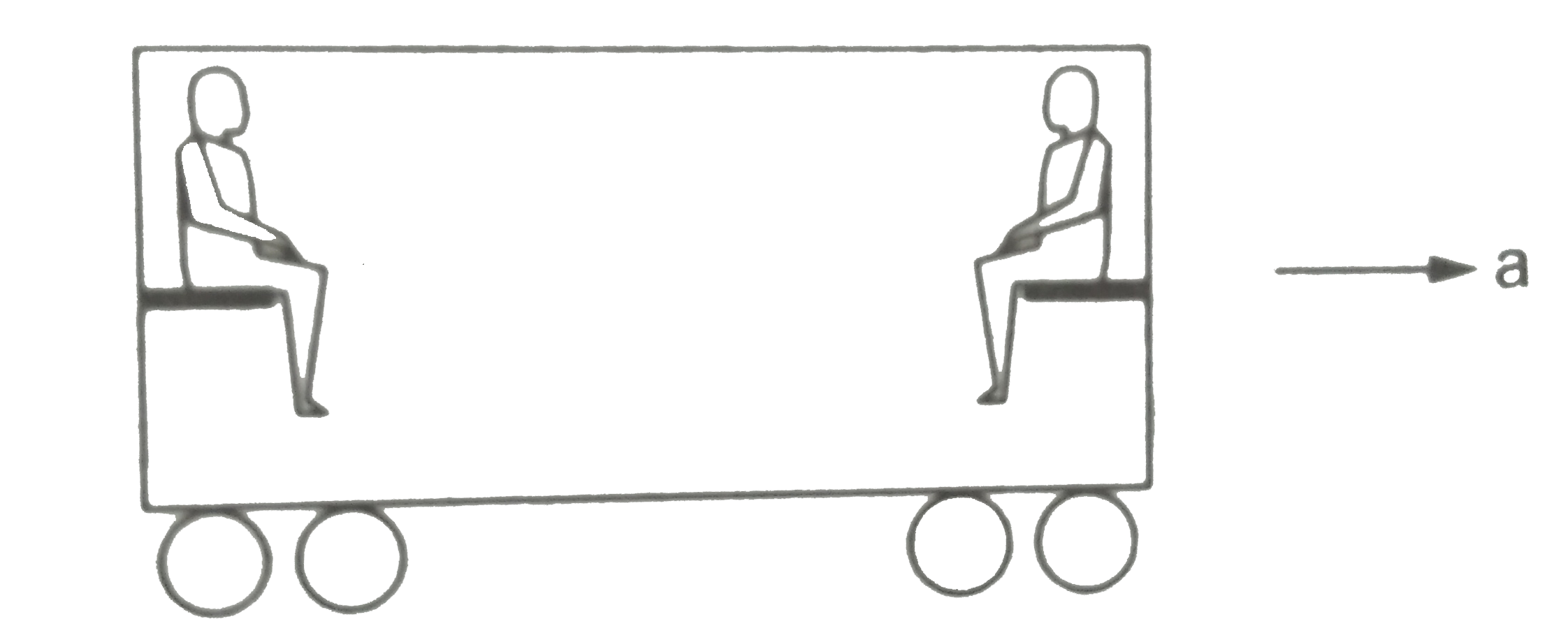If we release a magnet held in our hand, it falls to the ground. The force responsible for this is :
muscular force
magnetic force
electrostatic force
gravitational force
The correct Answer is:D
To determine the force responsible for a magnet falling to the ground when released from our hand, we can analyze the situation step by step.
1. Identify the Scenario: When a magnet is held in our hand and then released, it begins to fall towards the ground.
2. Consider the Forces at Play: There are several forces that could potentially act on the magnet:
- Muscular force (the force exerted by our muscles when holding the magnet).
- Magnetic force (the force exerted by magnets on other magnetic materials).
- Electrostatic force (the force between charged objects).
- Gravitational force (the force exerted by the Earth on the magnet).
3. Analyze Each Force:
- Muscular Force: This force is only present when we are holding the magnet. Once we release it, this force is no longer acting on the magnet. Therefore, muscular force is not responsible for the magnet falling.
- Magnetic Force: This force acts between magnets and ferrous materials (like iron). Since the magnet is falling freely and not acting on any ferrous material, magnetic force does not apply here.
- Electrostatic Force: This force acts between charged objects. A typical magnet is not charged, so electrostatic force does not play a role in this scenario.
- Gravitational Force: This is the force that pulls objects towards the center of the Earth. It acts on all objects with mass, including the magnet.
4. Conclusion: Since the only force acting on the magnet after it is released is the gravitational force, this is the force responsible for the magnet falling to the ground.
5. Final Answer: The correct answer is gravitational force (Option 4).
- Muscular force (the force exerted by our muscles when holding the magnet).
- Magnetic force (the force exerted by magnets on other magnetic materials).
- Electrostatic force (the force between charged objects).
- Gravitational force (the force exerted by the Earth on the magnet).
- Muscular Force: This force is only present when we are holding the magnet. Once we release it, this force is no longer acting on the magnet. Therefore, muscular force is not responsible for the magnet falling.
- Magnetic Force: This force acts between magnets and ferrous materials (like iron). Since the magnet is falling freely and not acting on any ferrous material, magnetic force does not apply here.
- Electrostatic Force: This force acts between charged objects. A typical magnet is not charged, so electrostatic force does not play a role in this scenario.
- Gravitational Force: This is the force that pulls objects towards the center of the Earth. It acts on all objects with mass, including the magnet.
Topper's Solved these Questions
Similar Questions
Knowledge Check
If we release a magnet held in our hand, it falls to the ground. The force which makes the magnet fall down is an example of :
Abalanced forceBunbalanced forceCmagnetic forceDmuscular forceDuring dry weather, while combing hair, sometimes we experience hair flying apart. The force responsible for this is
Aforce of gravityBelectrostatic forceCforce of frictionDmagnetic forceWhile walking on the ground we apply force on____
AshoesBgroundCgravitationalDfriction
Why does an object released from the hand , fall on the earth ?
View SolutionWhich of the two persons show in figure is more likely to fall down? Which external force is responsible for his falling down?
 .
.
View SolutionWe are not above to see some specific animals about which we had listened from our earlier generations. Who is responsible for this ?
View SolutionTwo thermocol balls held close to each other move away from each other. When they are released, name the force which might be responsible for this phenomenon. Explain.
View SolutionA helicopter, moving vertically upwards, releases a packet when it is a certain height the ground. The packet initially moves upwards for a time t1 and then falls dowanwards for a time t2 until it reaches the ground. Then
View Solution
